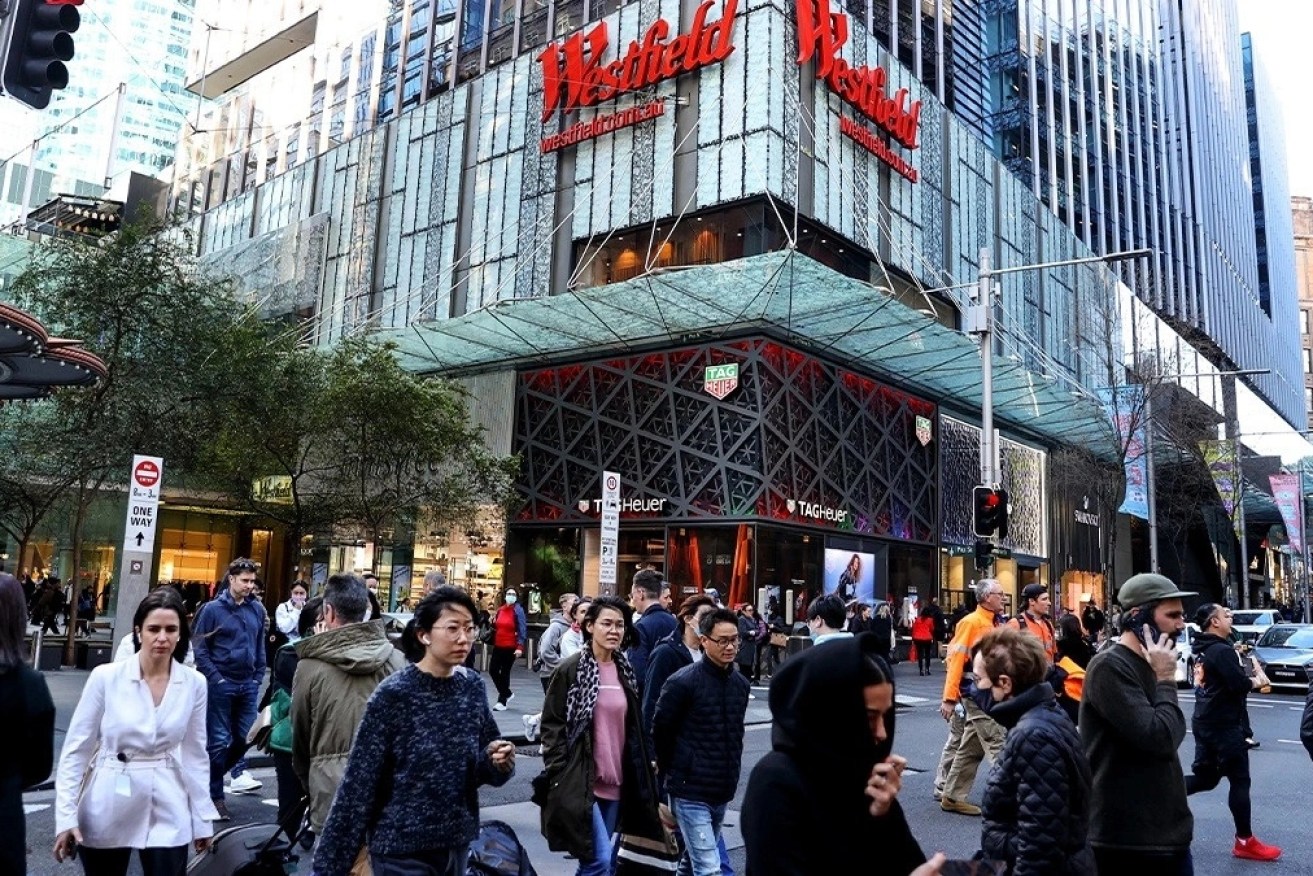Australia weathers economic storm due to strong migration


Households are set to experience sub-par disposable income growth for years to come. Photo: Getty
Australia is weathering an economic storm sparked by the cost-of-living crisis and higher interest rates thanks to strong population growth, which is offsetting the biggest consumer retreat since 2008.
Growth figures published by the ABS on Wednesday showed domestic production (GDP) lifted 0.4 per cent over the June quarter – ahead of forecasts – and by 3.4 per cent on the year.
Economists described the figures as encouraging because they suggest the economy is slowing in the face of higher interest rates without plunging to levels that would indicate a looming recession.
ANZ’s lead Australian economist Adam Boyton said growth ran about 1 percentage point below trend over the first half of 2023, which he argued is best described as “soft” rather than “weak”.
“Strong population growth is supporting the economy and activity,” he said.
Treasurer Jim Chalmers said the economy was “remaining sturdy in the face of unrelenting pressure”.
“Growth held up relatively well in the June quarter, despite the inevitable toll of high interest rates,” he said.
Per-capita downturn
But a long-expected, population-adjusted downturn is now evident; GDP per capita fell 0.3 per cent over the June quarter after a 0.2 per cent decline posted over the three months to March.
And the reason is hardly surprising; household spending growth has slowed to just 0.1 per cent as consumers struggle under the financial pressure of higher prices and rising interest rates.
Consumers are retreating from shopping centres at the fastest rate since 2008 on a per-capita basis, with ABS head of national accounts Katherine Keenan saying that discretionary purchases have been the first to go.
“Spending on essential goods and services were the main contributors to the rise in household spending, while many discretionary categories detracted,” she said on Wednesday.
Household savings gone
The consumer slowdown is bad news for the economy because as Indeed APAC economist Callam Pickering points out, a massive drawdown in savings built up during COVID-19 lockdowns has been driving growth for some time.
Those savings are now gone – the household savings ratio is now just 3.2 per cent (compared to 8.1 per cent a year ago), which is the lowest level since 2008.
“Ignoring the pandemic, household spending per capita is currently falling at its fastest pace since the global financial crisis,” Mr Pickering said.
“The cost-of-living crisis continues to bite, with many households struggling with mortgages, rents, food and electricity prices.”
What has encouraged economists though is that other sources of economic growth are jumping in to fill the gap, making an economy-wide recession less likely over the next 12 months.
Chief among those growth drivers is migration, which has picked up rapidly after the pandemic and is pushing up education exports through an influx of international students.
Services exports (up 12.1 per cent) were the biggest driver of export growth over the June quarter, the ABS said, with travel services (owing to overseas students) soaring 18.5 per cent.
The rise in migration doesn’t just show up in export figures, however, as recent arrivals also participate in the broader economy, underpinning a rise in overall spending growth at a time when the average household is pulling back.
Productivity challenge
Australia is expected to avoid a full-blown recession in 2024, particularly now that interest rates are on hold, but there are a series of underlying issues facing the economy.
Outgoing Reserve Bank boss Philip Lowe is particularly worried about lacklustre productivity growth – which remained very slow in the June-quarter accounts – fearing it could lead to higher inflation for longer and a further erosion in living standards.
Real unit labour costs, a measure of productivity tracked by the ABS, fell 1.8 per cent over the quarter, though Mr Boyton said June should be the final quarter with such a large decline in productivity.








